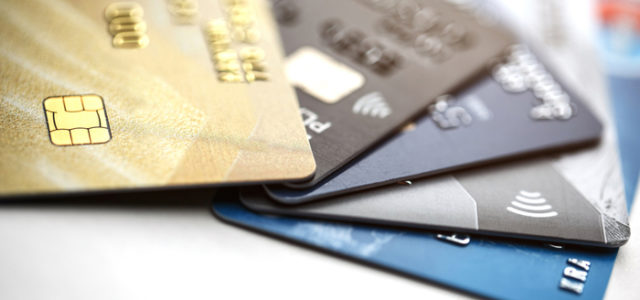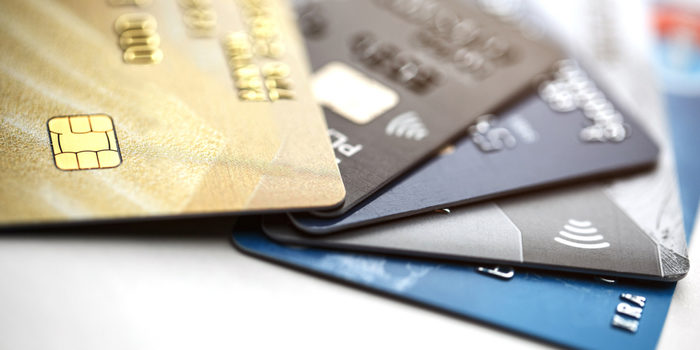


If your credit score is less than ideal, you might be wondering what the best way to repair it is. While there are a number of ways to address your credit, one of the most surefire ways to pull it back into a favorable position is to use a credit card. This might sound counterintuitive if your credit score is already bad due to credit card debt, but hear us out.
There are a few rules of thumb you need to follow with any credit card, but they go double for when you’re using them to repair your credit. Today we’re going over some of the basics to help you fix your credit standing. If you follow these tips you should see your score going up gradually, and in a few years you’ll have great credit!
Remember, most of all, to be patient. Your credit score isn’t going to become excellent overnight, and requires you to work diligently at paying back your debts and paying bills on time to stay high.
Paying Off Outstanding Debts
Let’s begin with the most pressing issues. If you have a lot of outstanding debts that are dragging down your credit score, it’s time to hose them down. Let’s say you’ve got debts on three credit cards that are bearing down on you. Find the one with the highest interest rate and put any extra money you make towards paying it off. Make minimum payments on your other debts while you do this.
By using this “target priority” technique, you can begin to chip away at the worst of your debt. This does two things for you. Firstly, it gets all that extra interest the debt would have accumulated out of the way. Secondly, it means your credit score will start to get repaired as your payments stay regular and your debt-to-income ratio evens out.
Using a Small-Limit Card
On the flip side, if you have no credit history or a bad credit history and don’t owe much in debt right now, you’ll want to use a credit card. For instance, let’s say you’re fresh out of college or school, you have a consistent job and you’re looking to get a car loan but have no credit history. Don’t sweat it! Just apply for a small-limit credit card with no annual fees and a low interest rate. Something really small, even with a limit of $100 or $200, works well here.
Just use this card for small purchases, like buying groceries or getting food at a restaurant. Be careful to only spend what you can afford to pay back before the end of the month so that you don’t float any balance and accrue interest owed on it. After a few months of consistently using, and paying back, this small credit card, you’ll see your credit history start to build up.
Good Spending Habits
As another example, if you’re repairing your credit history after a rough patch, you can use a similar approach. However, with a bad credit history, as opposed to no credit history, it may seem difficult to find a credit card that seems like a decent deal. In such cases, even if you find a card with a high interest rate, consider using it just for making small purchases.
Even if a card has a high interest rate and a low limit, using it consistently and simply paying it back before the end of the month can be a great way to show credit agencies you’re more responsible than you once were. By paying the bill off monthly, you’re able to both keep the interest from building up while also improving your credit score.










